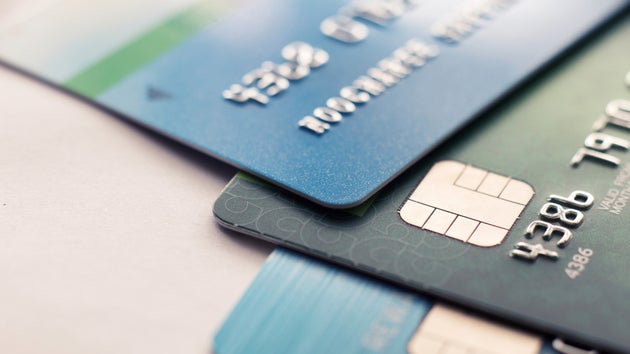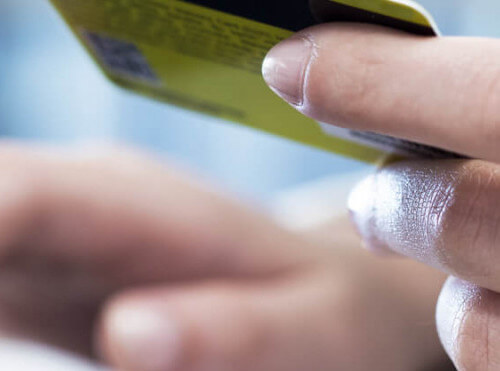Table of Contents
Mobile payment - Choosing a payment service provider
M-commerce and mobile payment
Mobile payment is a hot topic. Every day, more and more customers around the world are not only learning about mobile devices but also beginning to shop on them.
Worldwide, m-commerce makes up 47% of all transactions worldwide. The rising popularity in m-commerce is mainly drive by developing countries such as Brazil, Ukraine, India and Mexico. Mobile telephones are not only methods of communication but also offer payment solutions and access to interesting shops.
Mobile payment systems
Mobile payments can be used in different ways. Additionally, mobile payments are categorized into three different groups.
SMS billing
Remote mobile payments are transactions that are made on the internet through a mobile device or tablet. If the billing is completed by a telecommunication provider, the type of mobile payment method is called SMS billing. This method is used globally and is the most popular form of mobile payment as it is easy to use and there’s no need to hook up a bank account. This type of payment is especially common in Asian and African markets.
M-commerce
If a transaction is completed over a smartphone or mobile device on an internet connection, the payment process is completed over a bank account with an invoice or a credit card, through a wireless application protocol (WAP). This form of mobile payments is also called m-commerce. This type of m-commerce includes orders over mobile phones at retailers such as Zalando or ordering cars on apps such as Uber. Thanks to the widespread use of smartphones, the optimization of apps and mobile web pages will experience massive growth in the next few years and is expected to be worth 16 billion euros by 2019.
mPOS and NFC payment
Proximity mobile payments include payment processes over mobile devices on a stationary POS. Credit and debit cards with integrated near-field communiction (NFC) technology and transactions made via a smartphone or tablet are called mPOS. In the mobile point of sale (mPOS), a card reading device is connected to a smartphone or tablet. After the transaction is finished, the customer receives a receipt printed or per email. mPOS is commonly used by hotel and food businesses as an online method of payment. iZettle, Payleven and SumUp offer mPOS solutions.
mPOS solutions offer interesting solutions for omnichannel customer experiences. Customers can navigate the shop comfortably and pay anywhere on the site. With Apple Pay, Samsung Pay and Google Pay, mPOS is becoming more and more popular.
Mobile payment in Asia
Payment over mobile payment systems have been called the up and coming payment revolution for a few years. However, the systems are still not unified and differ across markets worldwide.
China, India and Indonesia are the leaders in the growth of mobile payment systems
Digital retail is growing faster in Asia than in any other region in the world. With a population of 3.2 billion and a strong digital retail sector, over 50% of all online retailers have developed in this market sector. The most important leaders in growth are China, India and Indonesia. In China, 84 percent of people shop on their smartphones, while only 50% use their desktops.
Europe: The second biggest e-commerce market... and still growing
The second biggest e-commerce market in the world is in Europe. Europe is gaining more and more users of mobile payment methods, especially in the United Kingdom, France and Germany. In 2016, 90% of mobile sales occurred.
Where can I use Apple Pay and Google Pay?
The e-commerce market in North America is also growing strong. The usage of mobile payments is increasing but not at the same speed of Asia or the developing countries in in Africa and the Middle East. Apple Pay and Google Pay (formerly Android Pay) are continuously used by the population.

Mobile payment providers and gateways
Retailers who would like to integrate mobile payment into their online shops should pay attention to the following points when choosing a PSP.
Omnichannel strategy
Mobile payments are generally a part of an omnichannel strategy. Customers look at products at a POS, speak with staff, research background information online and purchase the product directly from a business through a mobile device on the couch or on the way home over a smartphone.
An interesting element to consider is the relationship between the retailer and the customer. Customer data from transactions and research are used in order to personalize advertisements and offers on their web browsers. Certain providers offer mobile payment with connected customer data and can support personalized customer experiences.
Preferred payment service providers in different countries
Depending on the country, users can discover preferred payment methods including mobile payment. It is also important to discover which provider accepts the largest number of payments in each country. Certain payment service providers offer a comprehensive portfolio of mobile payment providers while others concentrate on a few providers. The deciding factor is that a PSP connects businesses to the relevant markets.
Mobile payment security
Security considerations hold many customers back from using mobile payment methods. Fear of identity theft, phishing or unauthorized surveillance and data forwarding cause customers to shy away from mobile payment systems. Retailers should also be aware of data protection and security when choosing a payment service provider and make sure that the chosen PSP offers protection against these threats.
Technically, making an exact copy of card data is possible, thanks to the expansion of the Host Card Emulation. Payment data does not need to be saved separately. Tokenization has also led to the simplification of mobile payment processes. In the future, biometric data and facial recognition features may also play a role in payment authentication.










